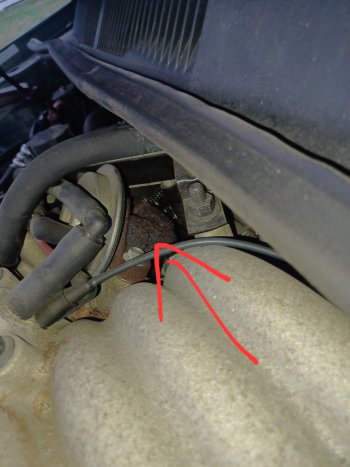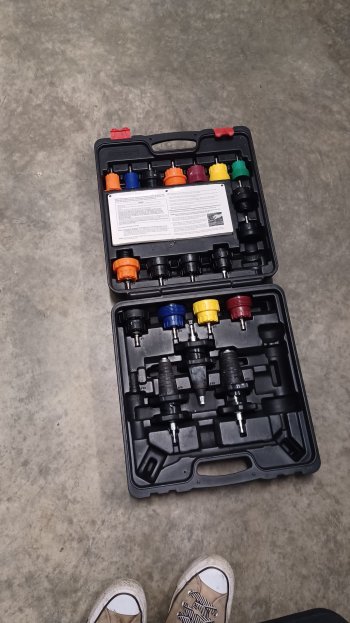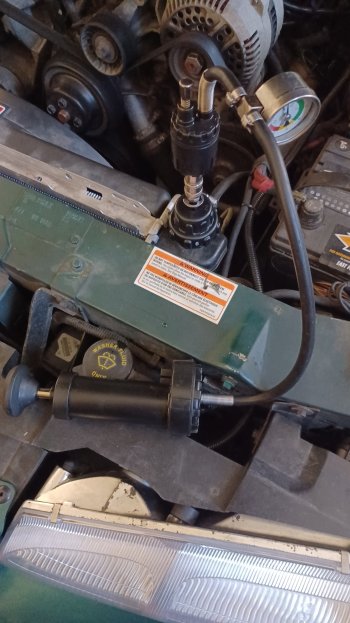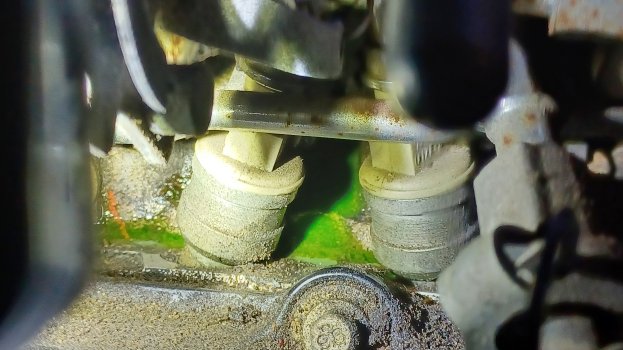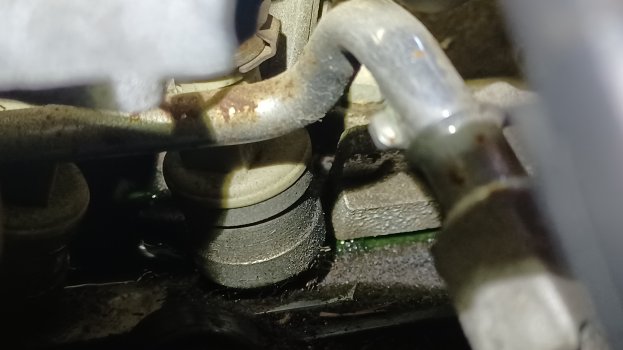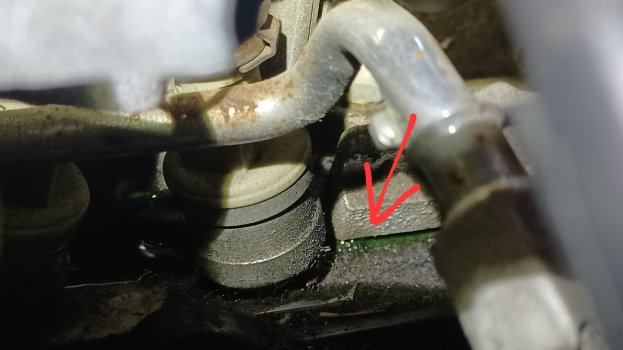1997ThunderbirdLXV6
Seasoned Veteran Poster
Just as I was worrying about 1st world problems like inadequate lumbar support and not quite quiet sway bar bushings, I run into what I fear may be a real problem.
I saw this puddle today for the first time, though that area always looked moist to me. Passenger side pictured; driver side condition unknown.
To give some context, during close to two years of ownership, I've observed a very slow coolant leak, requiring top-off every six months or so, and that's top-off before the low coolant light even comes on.
I'll monitor for the time being. I'm not prepared for a major (gasket) repair at the moment...
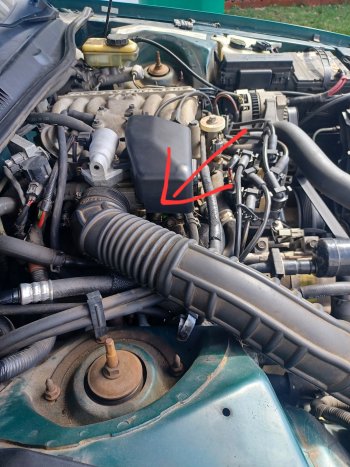
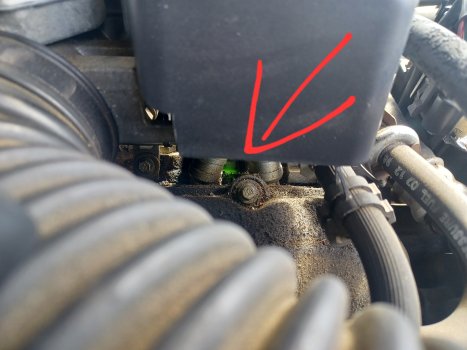
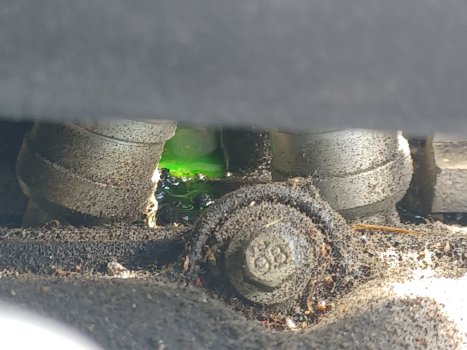
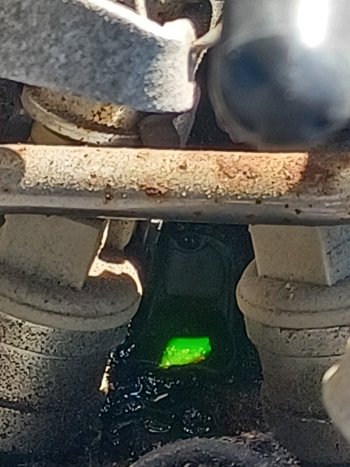
I saw this puddle today for the first time, though that area always looked moist to me. Passenger side pictured; driver side condition unknown.
To give some context, during close to two years of ownership, I've observed a very slow coolant leak, requiring top-off every six months or so, and that's top-off before the low coolant light even comes on.
I'll monitor for the time being. I'm not prepared for a major (gasket) repair at the moment...





